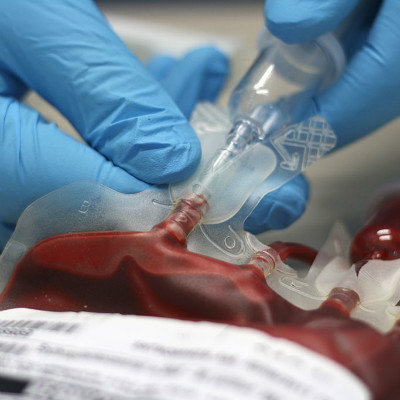Acute lymphocytic leukemia in children?
summary
Acute lymphoblastic leukemia (AML) is the most common childhood tumor disease, which is a malignant disease caused by clonal abnormal proliferation of precursor B, t or mature B lymphocytes. Now let's talk about childhood acute lymphoblastic leukemia?
Acute lymphocytic leukemia in children?
1. Anemia often appears in the early stage, which is characterized by progressive pallor, especially in the skin and lip mucosa. Symptoms such as shortness of breath, palpitation, facial edema, weakness and weakness may appear after activity. T-ALL is not serious when diagnosed because of its acute onset. Anemia and bleeding are often out of proportion.

2. Bleeding most of the children have varying degrees of skin and mucosal bleeding, manifested as skin purpura, dark blue and ecchymosis, and even subcutaneous hematoma. If gingival bleeding, nasal bleeding and oral mucosal bleeding are serious, fundus retinal hemorrhage may occur, leading to decreased vision and increased intracranial pressure. The clinical manifestations of gastrointestinal and urinary tract hemorrhage were hematochezia, hematemesis and hematuria. Headache, vomiting, convulsion and coma were found in intracranial hemorrhage.

3. Fever and infection. More than half of the children have fever and fever type is uncertain. The main cause of fever is secondary infection. Most of the children have fever of different degrees at the onset, which can be low fever, irregular fever, persistent high fever or flaccid fever, The causes of fever include tumor fever and infectious fever. The former is ineffective in antibiotic treatment, but indomethacin (indomethacin) 0.5mg/kg body weight is given orally every 8 hours. In order to identify tumor fever and infectious fever, the common infection sites are respiratory system, sepsis, gingiva, gingiva Oral ulcer, skin furuncle, intestinal inflammation and perianal inflammation are also quite common.

matters needing attention
To avoid contact with harmful chemicals, ionizing radiation and other factors causing leukemia, various protective measures should be strengthened; Avoid environmental pollution, especially indoor environmental pollution; Attention should be paid to rational use of drugs and cytotoxic drugs. Workers exposed to ionizing radiation and toxic chemicals (benzene and its derivatives) at work should strengthen protective measures, carry out regular physical examination, live regularly, pay attention to food hygiene, flirt, avoid depression, keep a good mood, combine work with rest, enhance body resistance, and keep the body in a good state. It is forbidden to take drugs that have damage to bone marrow cells, such as chloramphenicol, ethylenediamine, etc.















